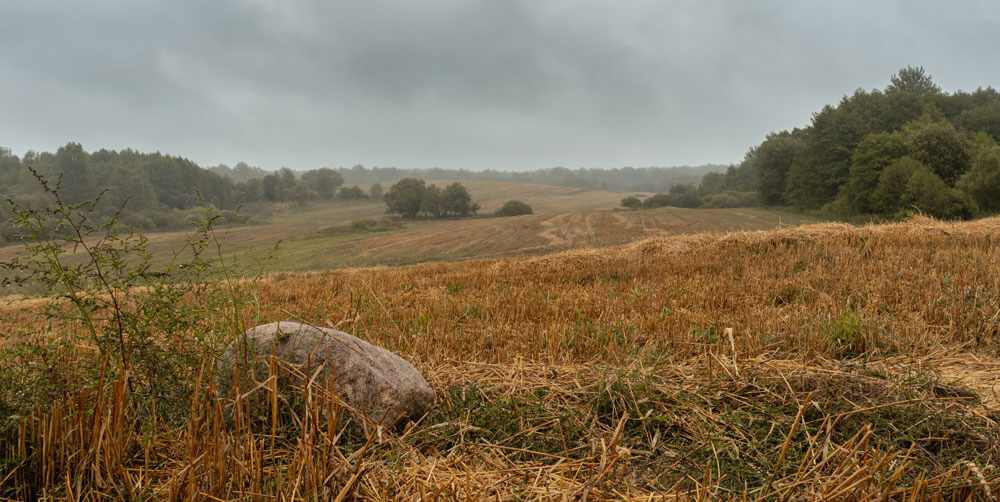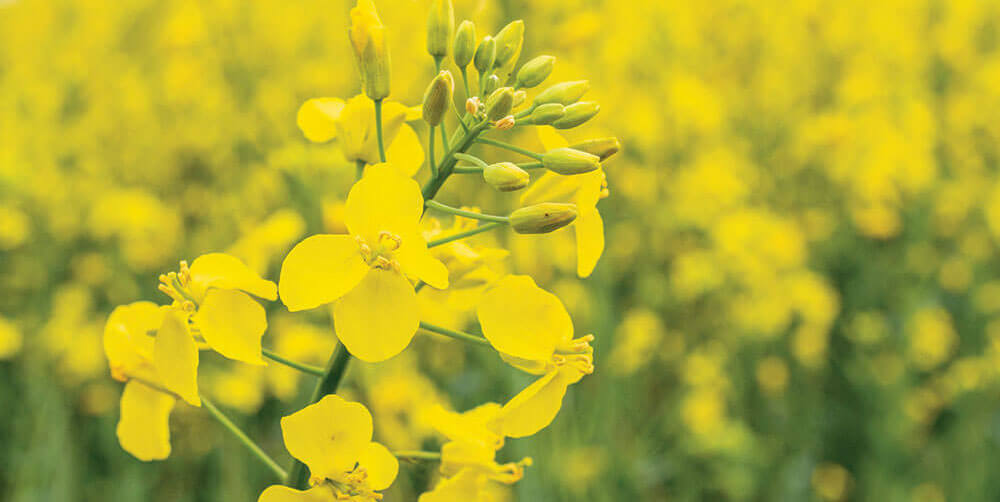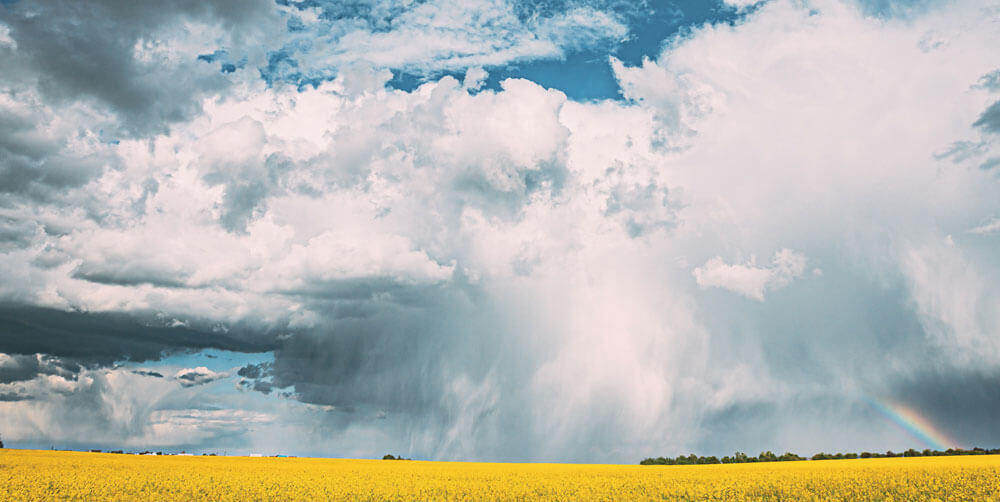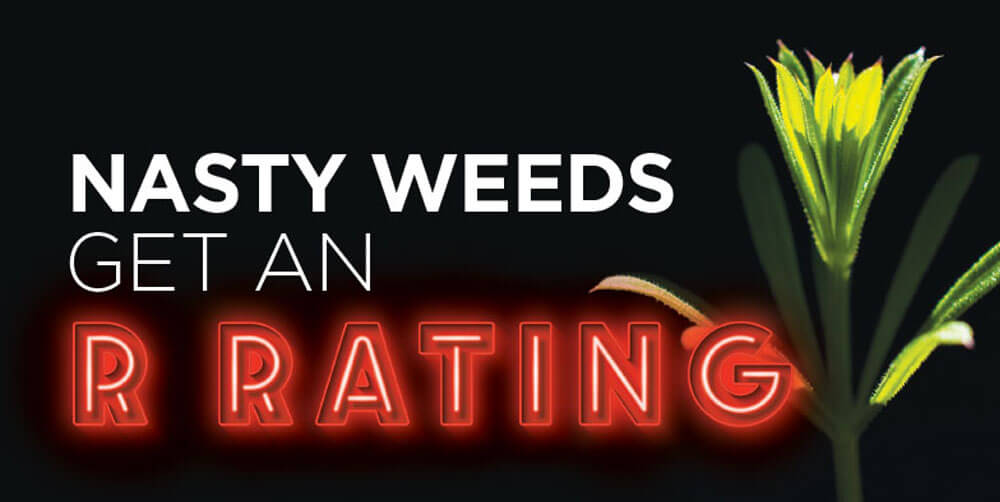Fix or set aside unprofitable acres?

Should farmers make a substantial investment to fix their unprofitable acres? Or cut farm losses and set them aside? The Canola Discovery Forum had a session on this topic, with two presentations on fixes and one on setting acres aside.








